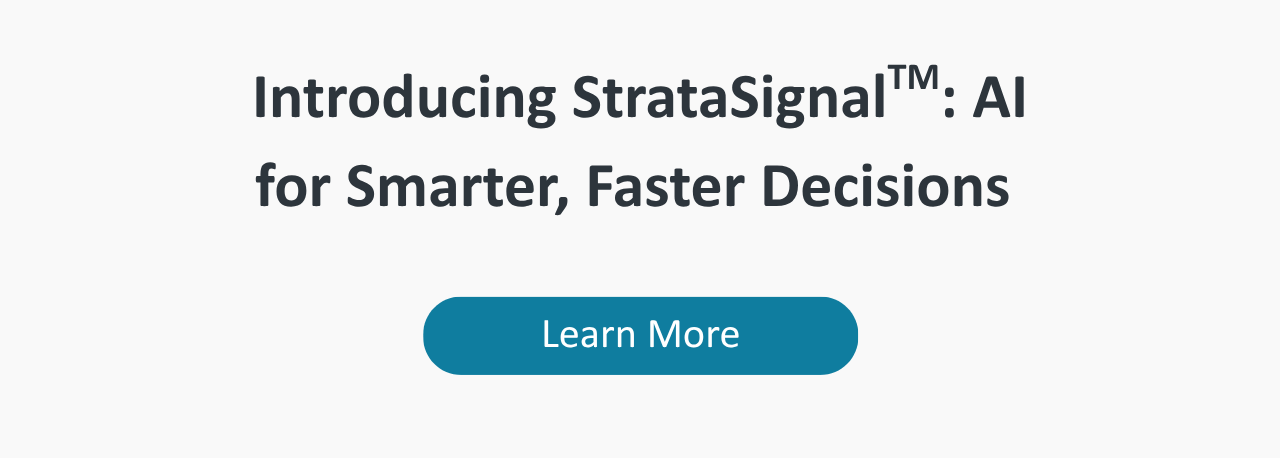As business realities continue to evolve, finance teams need to quickly reforecast to understand potential financial impacts across a variety of scenarios. However, many annual budgeting tools and processes aren’t designed for efficiency, agility, and speed — elements that are critical right now.
Rolling forecasting is useful in assessing cash flow projections when forecasting data integrates with capital management information. This helps inform what capital spend is projected and potentially offers a way to proactively adjust those spend targets based on cash flow needs.
Hospital and health systems will benefit from rapidly adopting a rolling forecasting process to address current planning challenges. How you structure and introduce rolling forecasting in your organization will impact the value you receive.
Using Rolling Forecasting to Improve Integrated Planning
As Finance teams lead their organizations into planning for “recovery” and “new normal” scenarios, rolling forecast supports traditional financial and capital planning processes, with these key benefits:
- Planning efficiency – Establishes an important feedback loop highlighting how current business realities may differ from established financial plan targets
- Informed decision-making – Agile planning empowers organizations to quickly make decisions and adapt plans to current business realities
- Better financial management controls – Provides timely visibility into financial performance expectations that can inform important decisions related to cash and capital management
Structuring the model for efficient planning
By design, a rolling forecasting model is structured for efficiency. In support of a more continuous planning process, the model works outside the annual planning cycle and provides less detail than an annual budget but more detail and more frequency than traditional long-range financial planning. The optimal structure summarizes the chart of accounts structures to balance efficiency with the reliability of the projections.
The first step is to determine how you want the forecast level for departments summarized:
- Plan by service line groups – This approach groups similar departments within an entity, based on service line categories (e.g., Surgical Services, Imaging). Each forecast group shares a driver statistic that adjusts variable elements of the plan. This provides enough detail to understand business impacts while keeping forecast groups to a minimum.
- Plan at the entity level – In large health systems with the goal of rapid deployment and highly efficient forecasting, this approach provides the ability to quickly build out a forecast and project impacts of global statistics across revenue and operational expenses.
Introducing rolling forecasting
Finance teams face increasing pressure to implement more agile planning tools, but engaging an organization in a new planning process during a monumental business disruption presents a real obstacle. Try a phased-in approach to ease the burden:
Phase 1 – A finance-owned process. With the Finance team taking the lead role, key decisions and setup activities can be streamlined to significantly compress the time to initial forecast.
Phase 2 – A broader organization rollout. Using lessons learned from Phase 1, roll out the tool more broadly when the organization is ready.
Scenario modeling in rolling forecasting to support recovery planning
Since no healthcare organization can accurately project what normal might look like months from now, the path to recovery remains murky. To overcome the lack of clarity, finance teams can draw on salient factors to create business drivers, simulate future scenarios, and proactively prepare the organization for likely future scenarios.
Scenario modeling is a vital component of the rolling forecasting process. Here are recommended steps to model scenarios in a rolling forecasting application:
Establishing a vision for future process transformation
In addition to providing short-term managerial guidance, rolling forecasting integrates seamlessly into the larger decision-making process, which includes strategy management, financial planning, budgeting, capital planning, and capital tracking.
Biweekly or more frequent productivity reporting rolls up into monthly performance reporting, which informs rolling forecast updates on a monthly and/or quarterly basis. In turn, these rolling forecasts are used to update strategic planning and associated initiatives, financial plans, and capital allocation and management. In this way, actual performance — and a better understanding of future conditions — can influence strategic decisions, organizational initiatives, future plans, and expenditures.
To supplement traditional management reporting, leverage and introduce internal and external comparative data to provide additional context related to performance trends. When a rolling forecast replaces the annual budget, comparative context can provide the direction, evidence, and confidence that will lead you to more fact-based strategic decisions to improve financial outcomes.
For example, Axiom Rolling Forecasting and Axiom Comparative Analytics pair well because the focus is less about creating numbers as targets and more about performance improvement against high performing peer organizations to advance operations and implement strategic operational changes. By using the market insights in Comparative Analytics as a compass to guide your rolling forecast, you can make data-driven decisions based on per-unit measures to more accurately project your forecast and focus on the actions needed to achieve your desired outcome.
As your finance team addresses the immediate planning challenges of COVID-19, rolling forecasting can help you manage uncertainty by drawing upon the best available information to reforecast frequently and consistently.





